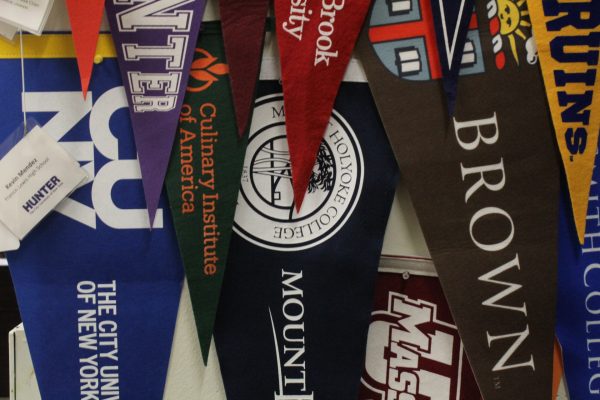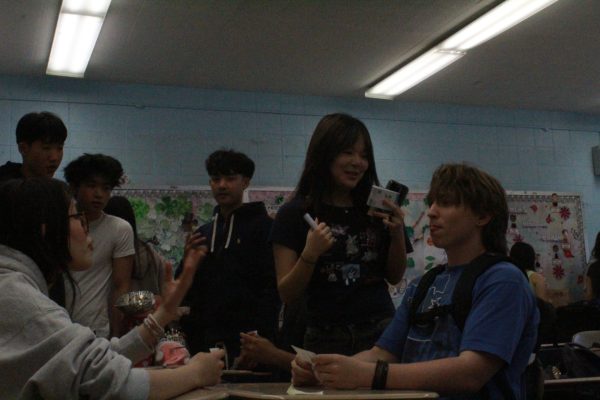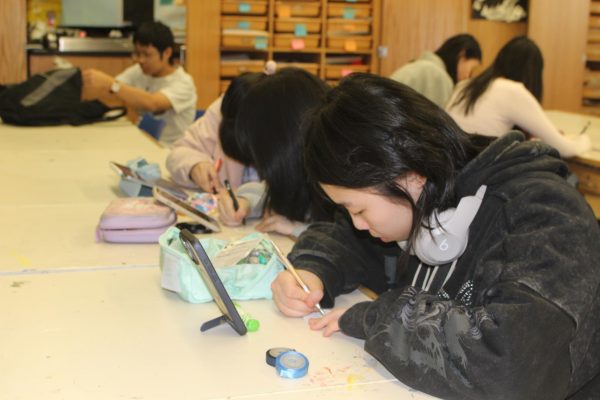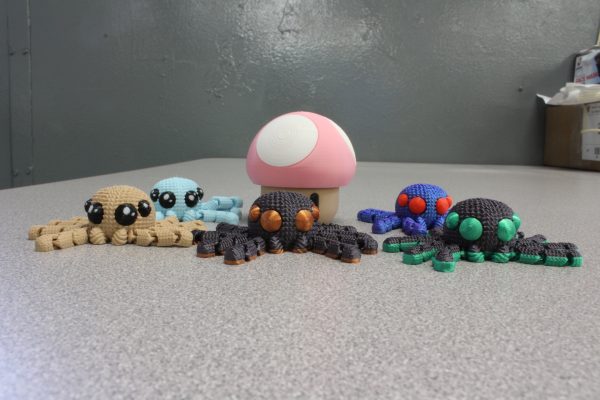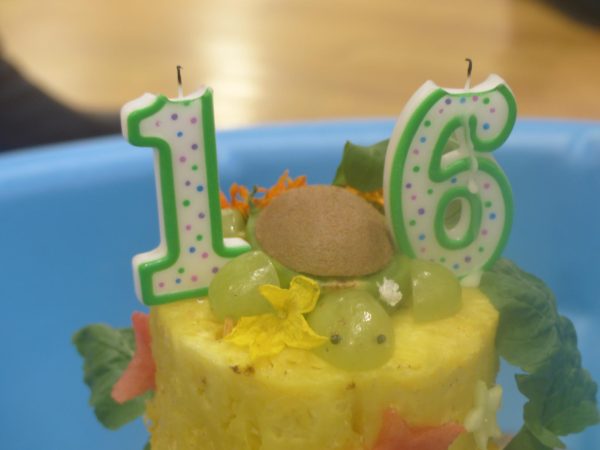One in 5000: Qiao Ji Continues Her Passion for Martial Arts
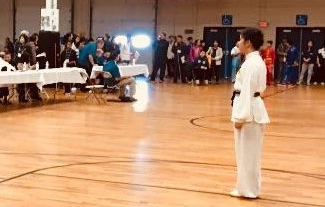
Ji competing at the 7th Annual New England International Martial Arts Championship in November.
Lines of people extending down the avenue were left to wait outside on a cold, windy night. As the doors opened, people rushed in to enter the United Nations Headquarters after passing the multiple security checks, excited to indulge in a night filled with cultural, martial arts performances. The dinner tables were packed with people, primarily celebrities. Anticipation grew among the crowd, but, the performers were perhaps the ones experiencing this immense sentiment the most.
Qiao Ji, a junior at Francis Lewis who goes by Jill Ji, has been practicing kung fu since the age of four. She decided to pursue kung fu, not solely for its purpose as self-defense, but because it is part of her family’s culture.
“I chose kung fu because when I was little I thought I had to have some sort of self-protection skill,” said Ji. “I also joined because my dad is a martial arts actor, so I got motivation from him to join.”
Kung fu consists of a series of Chinese fighting styles that dates back to 4000 years. It is said, according to Pittsburgh Kungfu, that kung fu was introduced to the Shaolin Temple by Bodhidharma, an Indian Buddhist prince, in 527 A.D after he witnessed monks being weak and having poor health. Kung fu continued to spread and evolve over the passing dynasties, which resulted in the formation of a variety of styles.
The numerous kung fu styles can be categorized into two groups, internal and external, based on the intensity and speed of movement. The Shaolin Wahnam Institute describes internal kung fu for its use of chi energy to create soft and relaxed movements; some styles of internal kung fu are Tai Chi Chuan, Pakua Palm, and Hsing Yi Kung Fu. On the other hand, external kung fu, such as the Shaolin kung fu, tends to use the release of adrenaline and overt aggression to create fast, powerful movements.
Jill practices a combination of traditional and modern kung fu; her style reflects northern style kung fu. Northern style kung fu is based heavily on footwork and tends to reflect the soft nature of internal kung fu. Developing her style took time to develop, especially after her brief hiatus.
“I stopped when I got into freshman year of high school, I felt that it was a lot of pressure on me,” Ji said. “I got back to it when I noticed I was able to manage my academic life and outside activities.”
For many students, their numerous responsibilities-ranging from chores to homework to clubs-make it stressful to balance and use their time appropriately. In fact, most students often end up losing hours of sleep due to loads of homework.
“It’s just as difficult compared to anyone who’s involved in an outside-school activity.” Ji said. “It’s especially hard because I’m struggling with math, physics, and AP U.S History. Sometimes, I come home and have to stay up past 11 pm to finish my homework.”
Kung fu requires an immense amount of dedication and hard work for one to do well. Usually, this means the individual must invest hours of training multiple times a week.
“I have practice everyday from 5-7 [pm], except for Mondays and Wednesdays,” Ji said.
Despite the commitment and hard work kung fu requires, Ji continues to pursue her passion. Her motivation and dedication are reflected upon the numerous awards she has received.
“In October, at Queens College, I won three gold medals at the US Open Martial Arts Championship and Seventh Annual International Kung Fu Cultural Conference,” Ji added. “I won another three gold medals and a 1st place trophy [at] the New England International Chinese Martial Arts Championship in Connecticut.”
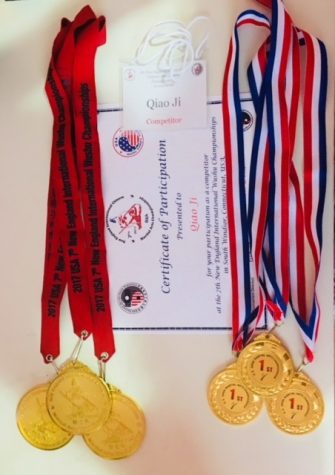
December was a busy month for Ji. She has participated in several invitations, including a performance at the Brooklyn Bridge Park and the Federal Hall. One of her most notable performances was at the United Nations Headquarters.
“There was a massive audience when I arrived,” Ji added. “I was afraid that they wouldn’t be impressed. The staff was really funny, which helped me calm down. Luckily, it all went well.”
Ji plans to continue learning and honing her skills over the upcoming years. However, her attention will be more focused on her academic life, especially as she dives into junior year.
“I want to go to a college where I can major in either psychology, media arts, or zoology,” Ji said. “I haven’t decided yet, but I want to go to an in-state college, like Fordham, New York University, or Stony Brook.”
Although she’ll have to dedicate more of her time to school, she doesn’t plan on giving up kung fu. Most importantly, she will keep the memories and lessons that have both strengthened and helped her grow as a person.
“I got to meet new people that changed my life,” Ji said. “I became really close with them. If it wasn’t for kung fu, I wouldn’t have met them and became such close friends.”
Over 5000 people – including students, teachers, staff, and administrators – are part of the Francis Lewis High School community. One in 5000 is a multimedia series that delves into the individual stories of the people in our community.



